Yet does not such a path, which historically spans the last two decades, repeat a previous event?
Language has thus reached the point of speaking about its own isolation, as it may wish to trace anew the path of rigorism focusing on the mechanism of its own writing, or as it may wish to explode into the problematic space of existence.
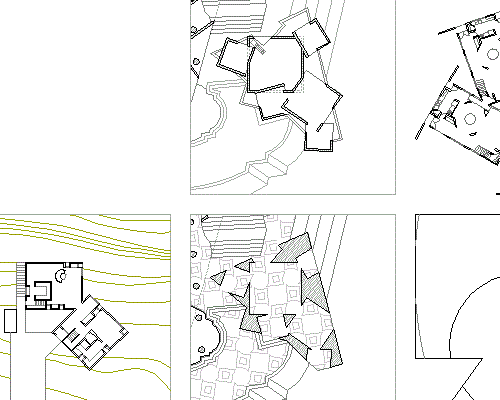
If the protagonists of contemporary architecture at times take on the mask of Don Quixote, it is as an act that has a less superficial meaning than is readily apparent, for in fact it constitutes unconsciously, a veritable "language of disillusion."
A warning to all: in both cases, the language does not deceive itself.
For Venturi, it is the non-utilization of language itself, having discovered that its intrinsic ambiguity, once having made contact with reality, makes illusory any and all pretexts of autonomy.
He thereby achieves the symmetrically opposed result of that reached by the compositional rigorists. For the latter it is the metaphysical retrieval of a "being" of architecture, extracted from the flux of existence.

In this fashion, Venturi, placing himself within an exclusively linguistic framework, has reached a radical devaluation of the language itself. The meaning of the Ptakatwelt, of the world of publicity, is closed in on itself.
(Excess, after all, always carries a critical connotation.)
| |
Instead of communication, there is a flux of information; instead of an architecture as language, there is an attempt to reduce it to a mass-medium, without any ideological residue; instead of an anxious effort to restructure the urban system, there is a disenchanted acceptance of reality, becoming an excess of purest cynicism.
Here, there is no longer a desire to communicate; the architecture is dissolved into an unstructured system of ephemeral signals.
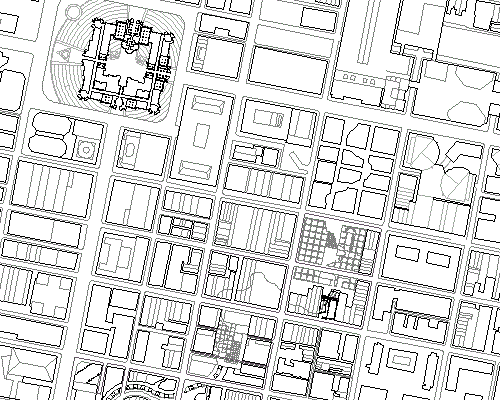
There is, however, a result to this which emerges in projects such as that by Venturi and Rauch for the American Bicentennial Celebration in Philadelphia.
They amplify it insofar as their goal is the dominance of all visible space, and restrict it insofar as they understand that space solely as a network of superstructures.
It is not aleatory then that the already outworn images of Archigram, or the artificial and willful ironies of Robert Venturi or of Hans Hollein simultaneously amplify and restrict the field of intervention of architecture.
This is only possible because, in a manner even greater than Stirling's, they seek a language truly fitting of the technological realm; they attempt to invest the entire physical setting with enlarged quanta of information in an effort to reunite "the word and the object," and contribute to daily existence an autonomous structure of communication.
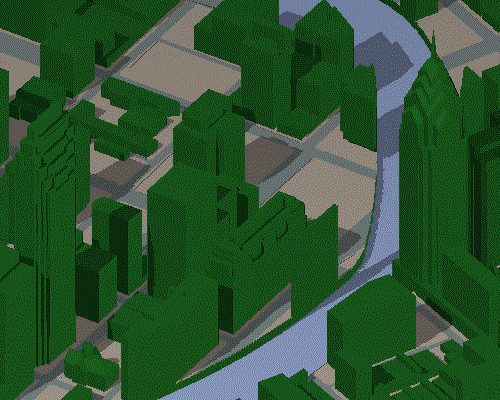
And it is precisely with reference to these experiences that a critical method, as inspired by the technological aesthetic of Max Bense or by the information theory of Abraham Moles, may be fruitfully applied.
What remains hidden in all of these abstract furors is the general sense of their own masochistic disintegration.
| |
It may be read, in a mystic manner, as "second nature," the object of mimesis; it may indeed become the subject for formalist chit-chat, as in the part of the work of Soviet constructivism wherein the form self-destructs to make way for messages originating from the same self-destructive process. And there are those who, like Bruno Zevi, attempt to compile a code of such programmed self-destruction.
The irritating and ironic metaphors of Archigram or of the Archizoom group, or of architecture conceived as an explosion of fragments by John Johansen, sink their roots deep into the technological myth. Technology can thereby be enslaved in the configuration of an entirely virtual space.
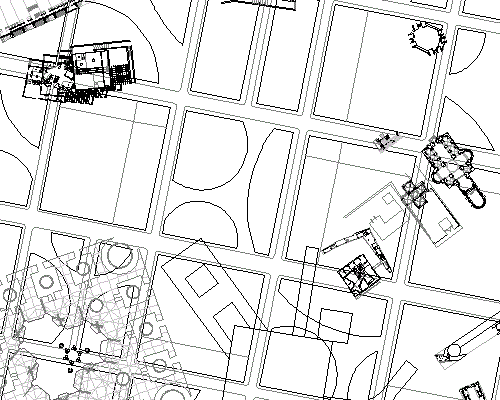
It is not by chance then that a great many such celebrations of the formlessness take place under the banner of a technological utopia.
Yet this is but an attempt to give meaning to the phenomenon of mass consumption.
The happening gives credence to the observation by Jean Fautrier that art today" ... may only destroy itself, and only by destroying itself can it continually renew itself."
And vice versa, language may thus speak of the indeterminate, the casual, the transient.
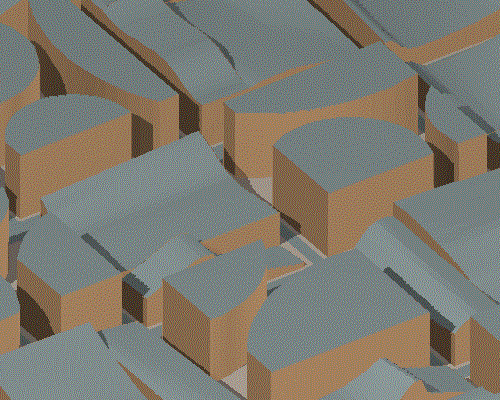
The formlessness, that is, the risk of existence, then no longer creates anxiety if it is accepted as linguistic "material."
But death grew, devouring both the painting and life .... The form had become formless, the Finite Infinite, the Individual the All.
|





